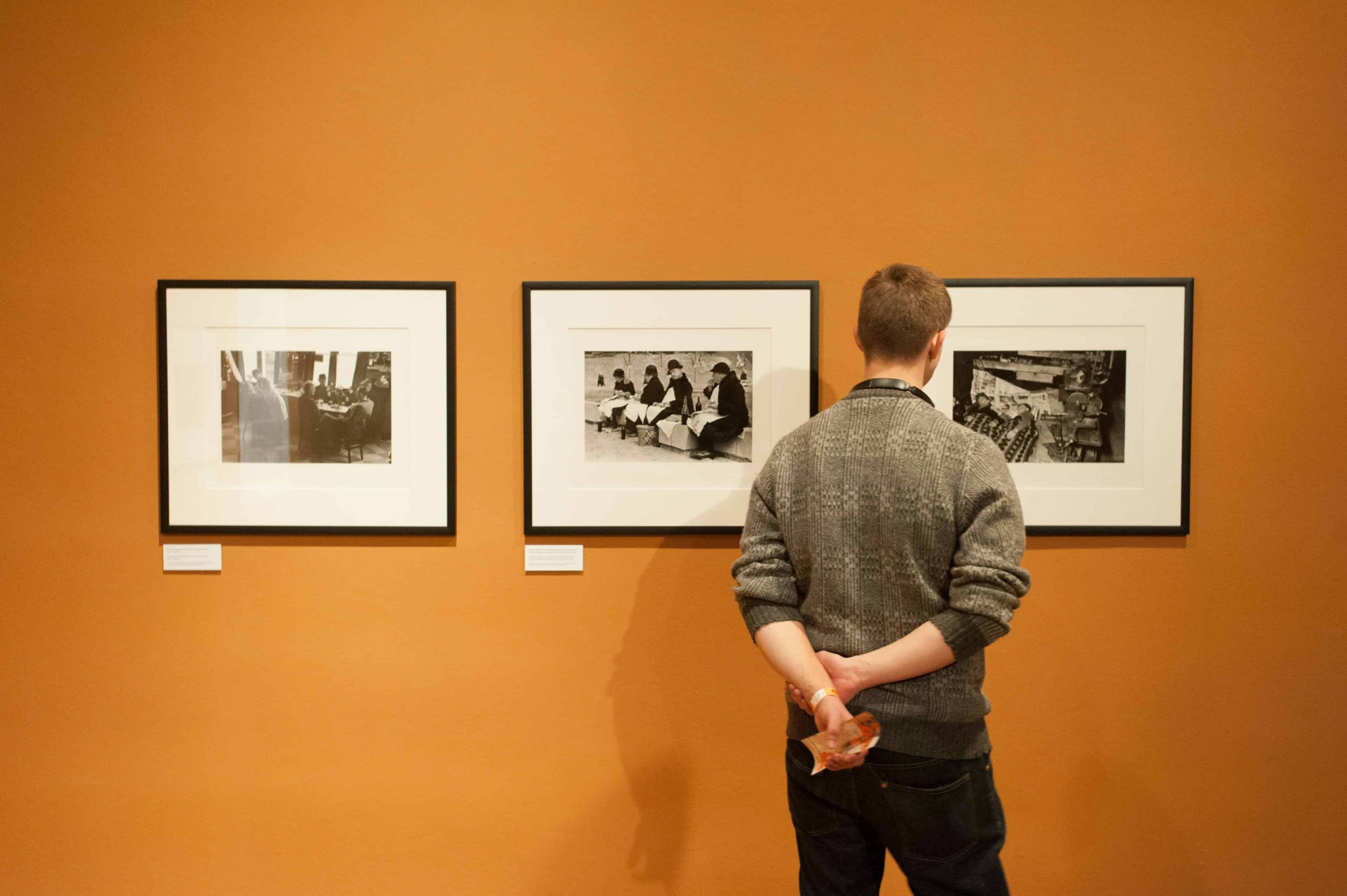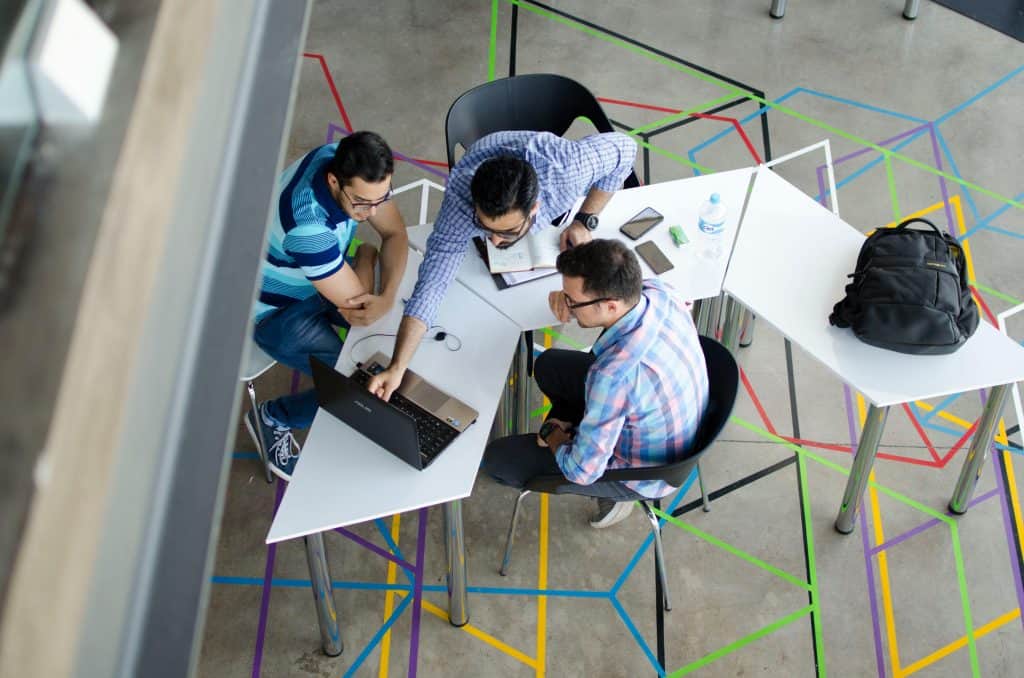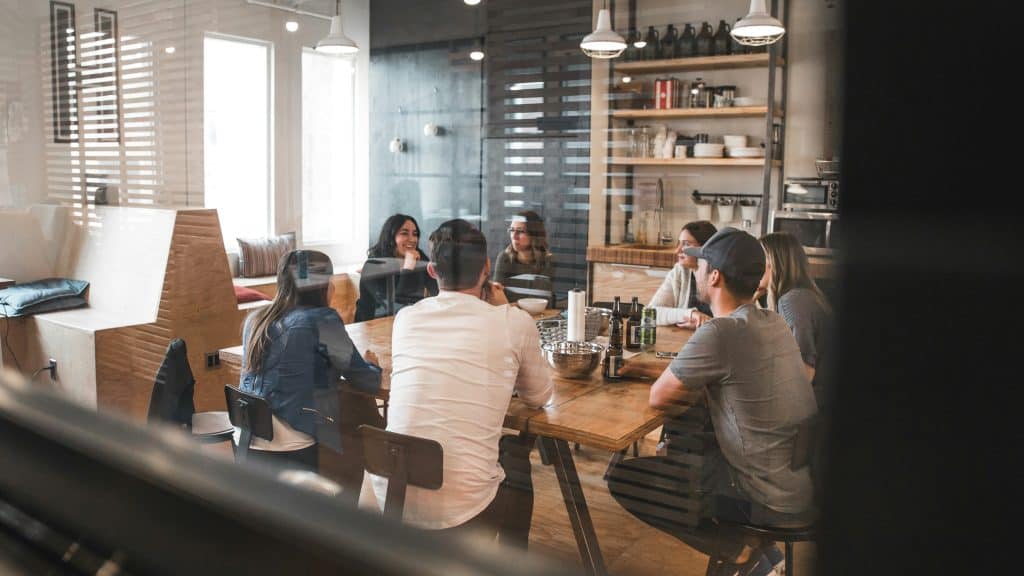
01 Mar Art Residencies and Global Exchange
Art residencies represent vibrant hubs where artists from diverse backgrounds converge to collaborate, create, and exchange ideas. These immersive experiences not only provide a space for artistic exploration but also serve as catalysts for fostering cross-cultural understanding and dialogue. In an era marked by unprecedented connectivity, the significance of artists transcending geographical and societal boundaries cannot be overstated. As ambassadors of creativity and innovation, artists play a pivotal role in shaping narratives, challenging perspectives, and bridging the gaps between disparate communities. Against the backdrop of our interconnected world, art residencies stand as beacons of cultural exchange, nurturing a rich tapestry of voices and perspectives that contribute to the collective enrichment of society.
Types of Art Residencies for Global Exchange

Photo by Visual Tag Mx
Thematic Residencies
Thematic residencies are structured around particular cultural themes or collective challenges that resonate with contemporary society. Artists participating in these residencies delve deeply into discussions and explorations of these themes, which can range from environmentalism and sustainability to issues surrounding migration and displacement, or the preservation and dissemination of indigenous knowledge. Through intensive dialogue and engagement, artists draw inspiration from diverse perspectives and experiences, resulting in a tapestry of artistic expressions that reflect nuanced understandings of these themes. The collaborative atmosphere nurtures interdisciplinary connections and encourages artists to push the boundaries of their creative practices, contributing to a dynamic cultural discourse.
Regional Residencies
Regional residencies serve as platforms for artists hailing from neighboring or historically interconnected regions to come together and exchange ideas, experiences, and artistic practices. These programs capitalize on shared histories, cultural traditions, and contextual understandings to foster deeper connections among participants. For instance, initiatives in Southeast Asia, Latin America, or post-colonial exchange endeavors provide fertile ground for artists to explore the intersections of their diverse cultural heritages. By transcending geographical boundaries and embracing cultural diversity, regional residencies cultivate a sense of solidarity and mutual understanding among participating artists, enriching their creative processes and broadening their perspectives.
Disciplinary Residencies
Disciplinary residencies provide a space for artists from various artistic disciplines, including visual arts, music, performing arts, and new media, to converge and collaborate. By bringing together practitioners with diverse backgrounds and skill sets, these residencies spark interdisciplinary dialogue and experimentation, catalyzing the emergence of innovative artistic forms and approaches. Artists engage in cross-pollination of ideas, drawing inspiration from different artistic traditions and methodologies to expand the boundaries of their respective practices. Through collaborative projects and mutual exploration, disciplinary residencies foster a culture of experimentation and risk-taking, driving artistic innovation and evolution.
Digital Residencies
Digital residencies leverage technology to transcend geographical constraints and create virtual spaces for artistic exchange and collaboration. These programs harness the power of digital platforms to connect artists from around the globe, facilitating cross-cultural dialogue and collaboration irrespective of physical distance. By eliminating barriers to access and participation, digital residencies democratize the artistic process, making it more inclusive and accessible to a diverse range of practitioners. Through online workshops, virtual exhibitions, and digital showcases, artists engage in meaningful interactions and collective exploration, forging connections that transcend borders and traditional notions of artistic practice. Digital residencies exemplify the transformative potential of technology in fostering global artistic communities and facilitating cross-cultural dialogue in the digital age.
Understanding Art Residencies

Photo by Christin Hume
Choosing the Right Residency
Choosing the right residency is a pivotal step for any artist and involves a thoughtful process. Firstly, it’s essential to identify personal goals, clarifying artistic aspirations and ensuring they align with the residency’s objectives. This introspective phase sets the stage for a fruitful experience. Next, thorough research is imperative. Factors such as location, duration, program structure, and available resources should be carefully considered. Additionally, understanding application requirements, selection criteria, and potential costs helps in making an informed decision. Reviews and testimonials from past participants offer valuable insights into what to expect, aiding in the decision-making process.
Preparing for your Residency
Preparing for an art residency requires strategic planning to make the most of the opportunity. Cultural research is vital to familiarize oneself with the local context, promoting sensitivity and understanding. Developing project proposals that resonate with the residency’s theme or focus increases the chances of a meaningful experience. Packing essentials, both practical items and artistic materials, ensures readiness for the creative journey ahead. Establishing clear communication channels with residency organizers sets expectations and facilitates a smooth and enriching experience for all involved.
Making the Most of Your Residency
Maximizing the residency experience involves active engagement and collaboration. Immersing oneself in local communities fosters diverse cultural exchanges, enriching artistic perspectives. Collaborating with fellow artists sparks creativity and cultivates a vibrant community of shared learning. Participation in workshops, critiques, and public presentations expands artistic horizons and encourages growth. Documenting experiences and creative processes preserves valuable insights and memories, capturing the essence of the artistic journey.
Beyond the Residency
The impact of an art residency extends beyond its duration, shaping future endeavors and contributions to the artistic community. Sharing artwork and experiences with broader audiences amplifies their reach and impact, fostering connections and dialogue. Maintaining connections with collaborators and residency contacts nurtures relationships and opens doors for future collaborations. Advocating for the importance of artistic exchange and global dialogue contributes to the broader cultural conversation, promoting understanding and appreciation of diverse perspectives. In essence, the journey of an art residency transcends boundaries, leaving an indelible mark on both the artist and the world around them.

Photo by Redd F
Conclusion
The field of art residencies is a shining example of cross-cultural dialogue and enrichment. Through disciplinary convergence, digital connectedness, thematic investigation, and regional linkages, artists create a tapestry of knowledge and collaboration that transcends boundaries. Through the deliberate selection, preparation, and participation in residencies, artists facilitate access to a wide range of viewpoints and innovative conversations. The influence extends beyond the residency’s boundaries, resonating via mutual artwork, enduring relationships, and support for the transformational potential of artistic interchange. Art residencies continue to be constant in their dedication to linking cultures, developing empathy, and enhancing the global creative landscape as we navigate an ever-more-connected globe.
Key Takeaways
- Types of Residencies: Embrace thematic, regional, disciplinary, and digital residencies for diverse international experiences.
- Choosing the Right Residency: Align personal goals, research thoroughly, and consider reviews to make an informed residency choice.
- Preparing for Residency: Cultivate cultural awareness, develop project proposals, pack thoughtfully, and establish clear communication.
- Making the Most of Residency: Actively engage with communities, collaborate with peers, participate in events, and document your artistic journey.
- Beyond the Residency: Share your artwork, maintain connections, and advocate for the enduring importance of artistic exchange.
FAQs
Are art residencies only for experienced artists?
Art residencies are not exclusively reserved for experienced artists; they welcome individuals at various points in their artistic journeys. While some programs may cater to established artists, many actively seek out emerging talents, providing them with invaluable opportunities for skill development and networking within the artistic community. These residencies often offer mentorship, workshops, and exposure to new techniques, facilitating the growth of emerging artists in a supportive environment.
How can I fund my participation in an international art residency?
Funding participation in an international art residency can be challenging but not impossible. There are several avenues to explore, including grants, sponsorships, and crowdfunding campaigns. Many residency programs themselves offer financial assistance or stipends to help cover expenses such as travel, accommodation, and materials. Artists can also seek support from arts organizations, cultural institutions, and government agencies that promote cultural exchange and artistic development.
Can I apply for multiple residencies simultaneously?
Applying for multiple residencies simultaneously is indeed an option, but it requires careful consideration and planning. Each residency program comes with its own set of timeframes, expectations, and commitments. Artists must assess their availability and resources to ensure they can fully engage and contribute to each residency if accepted. It’s essential to balance ambition with practicality and prioritize opportunities that align with one’s artistic goals and schedule.
What role does cultural sensitivity play in an art residency?
Cultural sensitivity plays a pivotal role in the success of an art residency, particularly in international settings where artists from diverse backgrounds come together. Respectful engagement with the local culture demonstrates an openness to learning and collaboration, fostering meaningful exchanges and mutual understanding among participants. Artists should take the time to familiarize themselves with local customs, traditions, and social norms, acknowledging and embracing cultural differences while forging connections based on shared creative interests and values. Building trust and rapport within the residency community enhances the overall experience and enriches the artistic dialogue, leaving a lasting impact on participants and host communities alike.
Discover the fundamental importance of “Art in Public Spaces and Community Life” to understand how it can alter places and community life by fostering cultural identity, igniting conversation, and creating a feeling of belonging. It can also transform urban landscapes into bright reflections of shared heritage and collective imagination.

